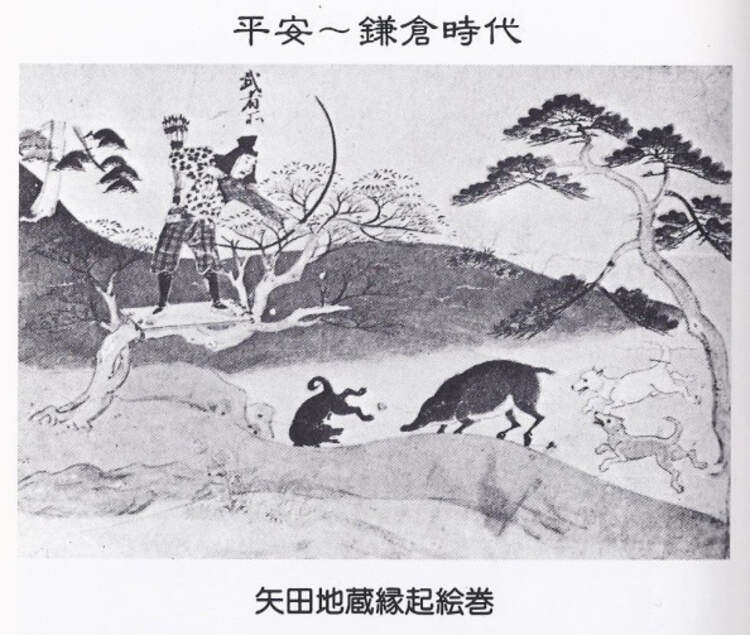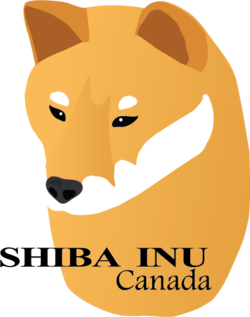
History of the Shiba Inu
The Shiba is the smallest of the native Japanese breeds, which also include the Akita, Hokkaido, Shikoku, Kishu and Kai dog.
Archaeological excavations of the shell-mounds left by the Jomonjin, or Rope-Pattern People show that they had small dogs in the 14 1/2 to 19 1/2 inch range; these are dated to around 7000 B.C. It is thought that these early dogs were the common ancestors of the modern Japanese breeds. Each region saw a distinct type of dog be developed, depending on the weather, terrain, and type of game.
Shibas were developed in three regions, namely the Shinshu Shiba from the Nagano region, the Mino Shiba from the Gifu region and the Sanin Shiba from the north-eastern region of the main island.
There are several theories concerning the name "Shiba". One explanation is that the word Shiba means "brushwood," and the dogs were named for the thick underbrush where they hunted. Another is that the fiery red color of the Shiba is the same as the autumn color of the brushwood leaves. A third conjecture is related to a meaning of the word Shiba referring to its small size. These explanations are often combined and the Shiba is referred to as the "little brushwood dog." The Japanese words "Inu" and "Ken" simply mean "dog".
In 1928 Nihon Ken Hozonkai (Nippo) was recognized by the Japanese government as an official organization founded to save the Japanese dog from extinction.
In 1936, the Shiba was recognized as a "Natural Monument" - a designation also earned by the other Japanese breeds in time. This program was developed to recognize those animals and plants that were distinctly Japanese in origin, in an effort to protect them from being overtaken by the growing Western influence.
After World War II the Mino and Sanin Shibas were practically extinct, while more of the Shinshu Shibas survived. After the war, Shibas were brought from the remote countryside, and breeding programs established. The remnants of the various bloodlines were combined to produce the breed as it is known today.
In 1948 the Japanese Kennel Club (JKC) were founded and was authorized by the e Japanese government as an "common association for all dog breeds". Nippo registrations can be JKC registered, but JKC registrations are not recognized by Nippo.
The Shiba was developed as a hunting dog for game such as rabbit, grouse, and wild boar. The hunting method is to turn one dog out, and it would flush, run and hold the game until the hunter arrived. There are still boar trials held to test the mettle of the hunting dogs.
Nippo developed a very complete Standard, on which both the JKC and the FCI standards are based. It is in two parts - the first details the "Japanese breed". This section is for ALL the Japanese breeds. The second part, the Judging Resolutions, further defines the details of each breed, for example size and colour.
THE SHIBA IN NORTH AMERICA
The first documented Shiba arrived in the U.S. in 1954, brought from Japan by an American armed services family. There is little more information about the Shiba until the late seventies, when the first documented litter born in the U.S. was in 1979.
In Canada, Shibas were sometimes brought in by Japanese families immigrating here, but there is no record of any breeding being done. In the early '80's, several were brought into Canada that had been bred in the US, and a small number of litters were produced.
A national breed club was formed, and submitted an application to the Canadian Kennel Club to officially recognize the breed in 1992. The CKC used a very loose translation of the first part of the Nippo standard as the Canadian standard. Shiba Inu Canada submitted a standard revision, that was approved and effective as of January 2006.
